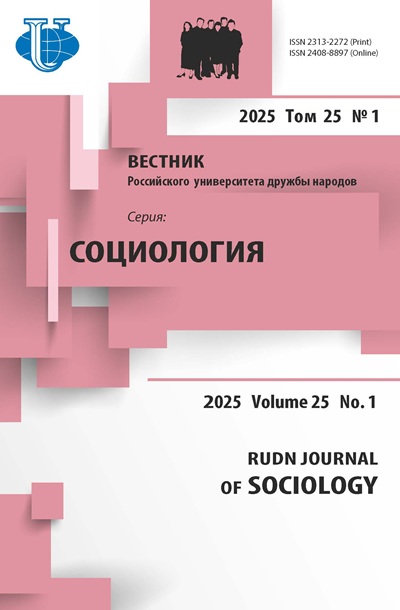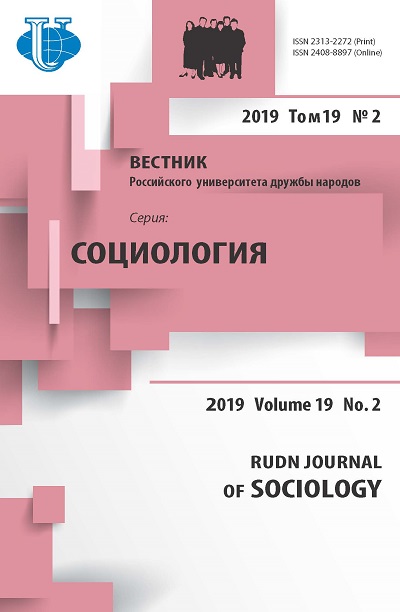Abstract
Аbstract. The paper presents the results of the research aimed at identifying changes in ethnic distance among the students of Serbia. The starting point of the study was the author’s belief that ethnic distance is a good indicator of inter-ethnic relations in multi-nation society and an indicator of conflict potential, and that ethnic distance is more stable provided social stability and open society. Ethnic distance was studied in the longitude project among Serbian students at the University in Kosovska Mitrovica five times in 2009-2016, twice - among the students in Belgrade (2010, 2014), and once among the Albanian students in Priština (December 2016 - January 2017) based on the modified Bogardus scale, a part of the questionnaire in the students’ native language and a number of surveys. The paper presents the results of the measurements of values constituting ethnic distance. The data reveal that the largest ethnic distance among Serbian students in Belgrade and in Kosovska Mitrovica was with the Albanians, while the smallest ethnic distance - with the Russians and Greeks. Among the Albanian students, the largest ethnic distance was with the Serbs, Romani and Russians, while the smallest -with the Americans and English. Certainly, the explanation should take into account the relations of these nations and official policies of their states including the self-proclamation of “Kosovo independence”, and also the positions of these nations in the period of the disintegration of Yugoslavia, wars in the former Yugoslav states and the NATO aggression on Serbia. At the same time, the ethnic distances are extremely large in the territory of Kosovo and Metohija, however, with a tendency of decline among the Serbs. During the research in 2016 - the beginning of 2017, the values of ethnic distance of the Serbian students from Kosovska Mitrovica to the Albanians and of the Albanian students from Priština to the Serbs were practically the same, especially the leading values of ethnic distance. When explaining the large ethnic distance with the Romani, it is necessary to remember about their social marginalization.














